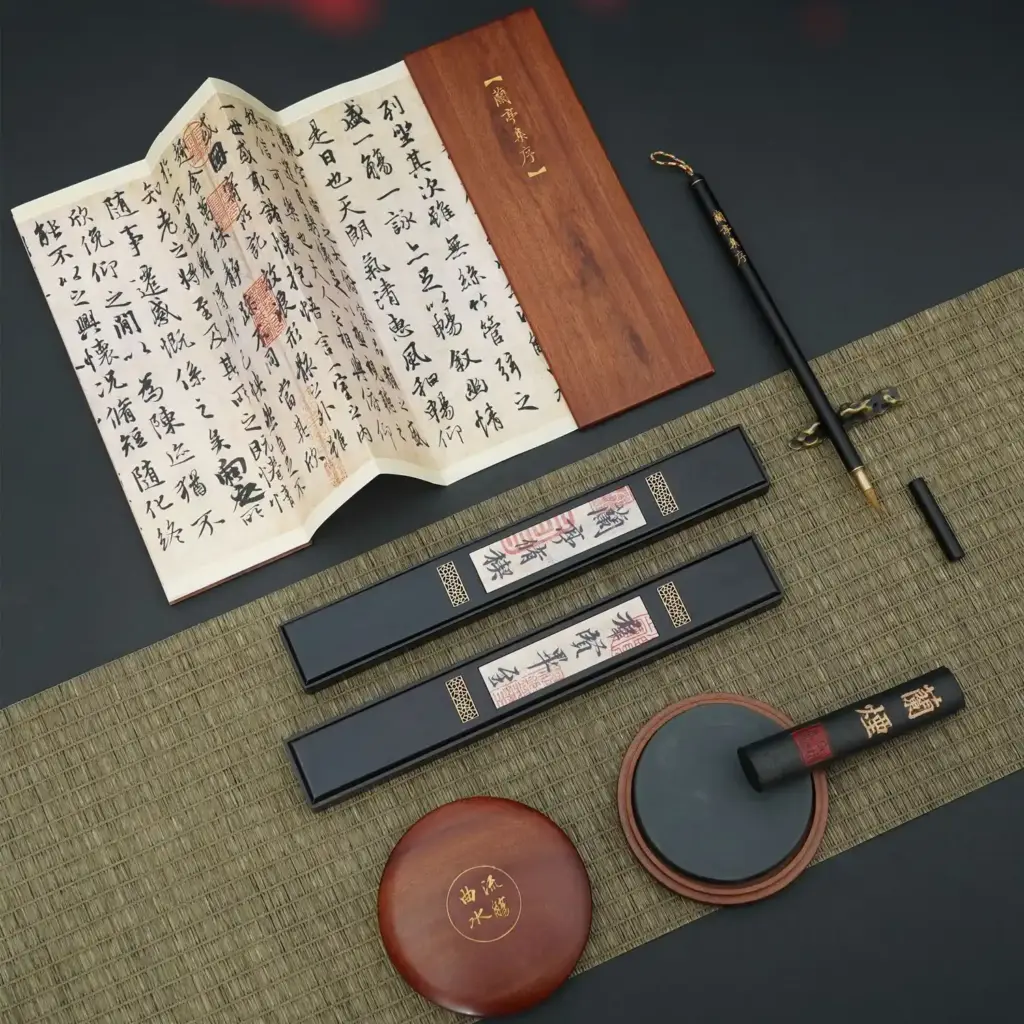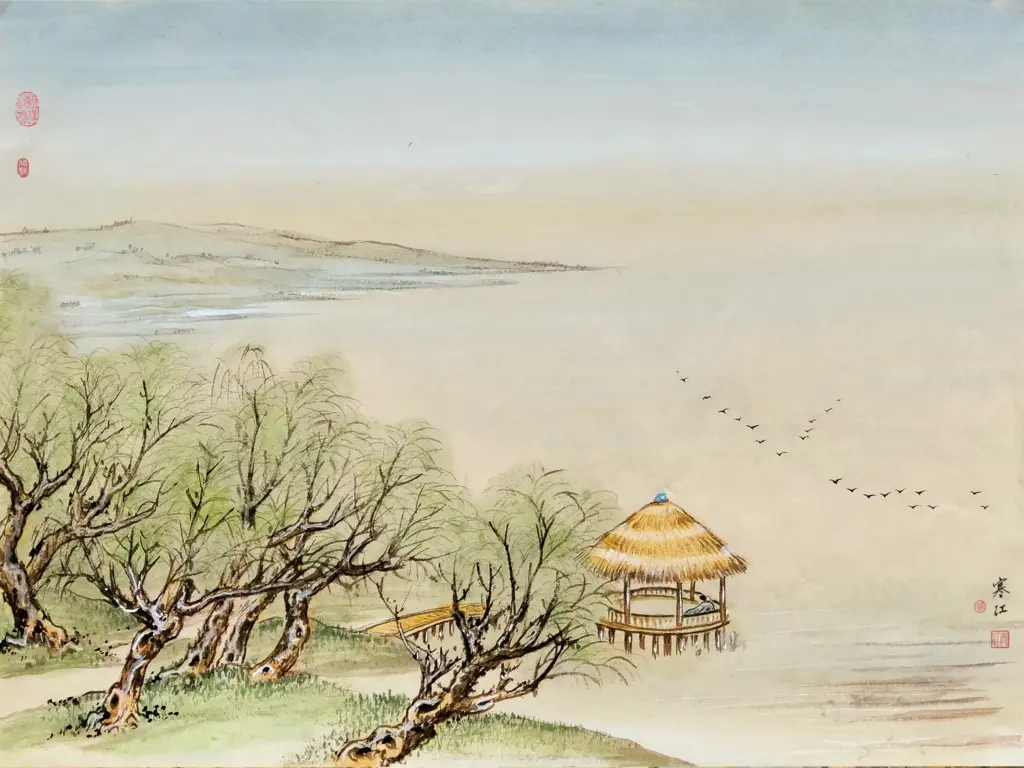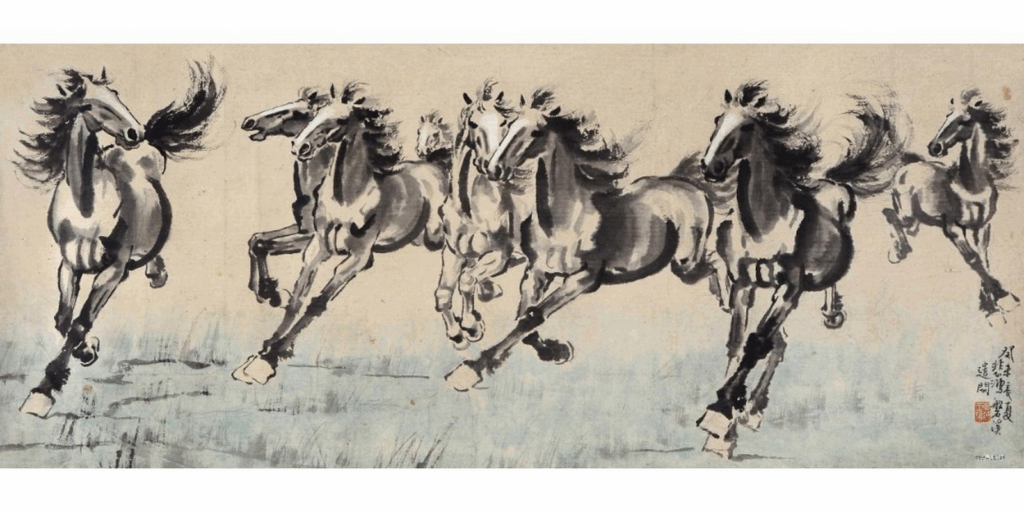When one thinks of traditional Chinese art, the elegant strokes of guóhuà (国画), or Chinese ink painting, often come to mind. With a history spanning over two thousand years, this art form is more than just a visual medium—it’s a poetic expression of philosophy, nature, and the artist’s inner world.
The Essence of Chinese Ink Painting
Unlike Western oil paintings that emphasize realism and perspective, Chinese ink painting focuses on capturing the spirit of the subject rather than its exact likeness. It is deeply influenced by Taoist and Confucian ideals, valuing harmony, balance, and the beauty of simplicity.
Key characteristics include:
- Brushwork: The use of a soft, pointed brush creates fluid, dynamic lines—thick or thin, bold or delicate—each stroke carrying intention.
- Ink Gradation: Artists master the dilution of ink to produce shades from jet black to misty gray, evoking depth and emotion.
- Negative Space: Blank areas are purposeful, suggesting clouds, water, or vastness, inviting the viewer’s imagination to complete the scene.
Four Treasures of the Studio
Traditional painters rely on the “Four Treasures”:
- Brush (毛笔 máobǐ) – Made from animal hair (e.g., wolf, goat).
- Ink (墨 mò) – Solid ink sticks ground with water to create rich, lasting pigment.
- Paper (宣纸 xuānzhǐ) – Absorbent rice paper that bleeds beautifully.
- Inkstone (砚台 yàntái) – Used to grind and hold ink.

Genres of Chinese Painting
- Landscape (山水 shānshuǐ): Mountains, rivers, and mist embody the Daoist ideal of unity with nature.
- Flower-and-Bird (花鸟 huāniǎo): Delicate depictions of flora and fauna, often symbolizing virtues (e.g., bamboo = resilience).
- Figure Painting (人物 rénwù): Portraits or historical scenes conveying moral stories.

Famous Masters
- Qi Baishi (齐白石): Celebrated for his playful shrimp paintings.
- Xu Beihong (徐悲鸿): Merged Western techniques with traditional ink.
- Fan Kuan (范宽): Song Dynasty landscape genius, known for Travelers Among Mountains and Streams.

Why It Matters Today
Chinese ink painting isn’t frozen in history—contemporary artists like Liu Dan reinterpret it with modern themes. Its meditative process and minimalist beauty also resonate globally, inspiring mindfulness in art creation.
Try It Yourself!
You don’t need to be a master to appreciate ink painting. Grab a brush, feel the rhythm of your strokes, and let the ink flow—just as poets and scholars have done for centuries.
Have you ever tried Chinese ink art? Share your thoughts below!
Further Reading:
- The Mustard Seed Garden Manual of Painting (1679) – A classic guide.
- Museums: Shanghai Museum, Beijing’s Palace Museum.
Let the brush lead you into the heart of China’s artistic soul. 🖌️✨
